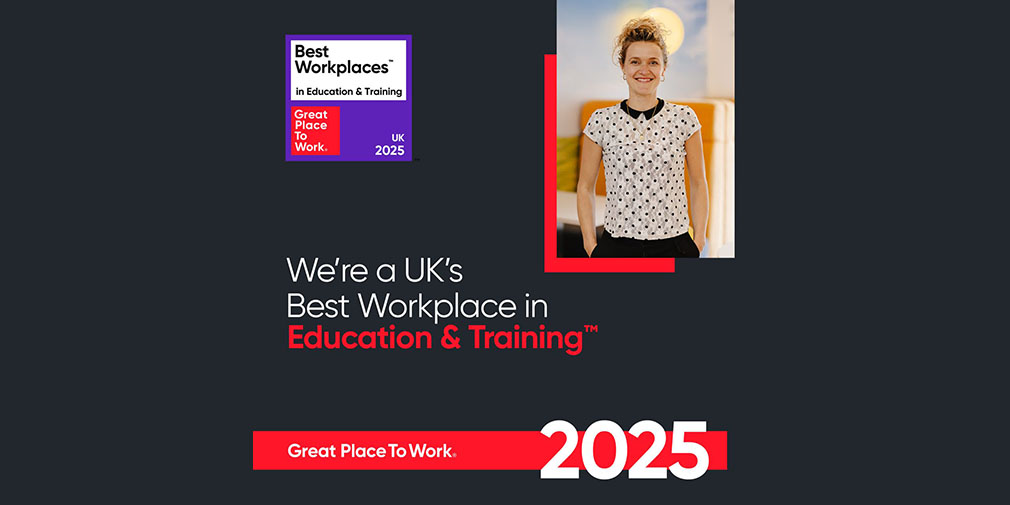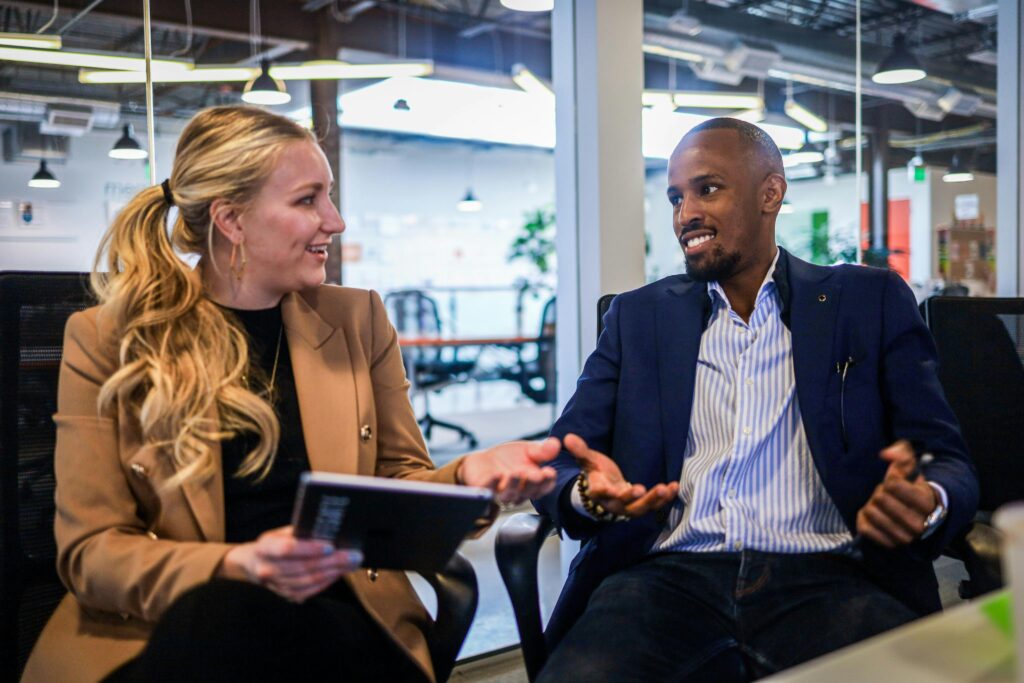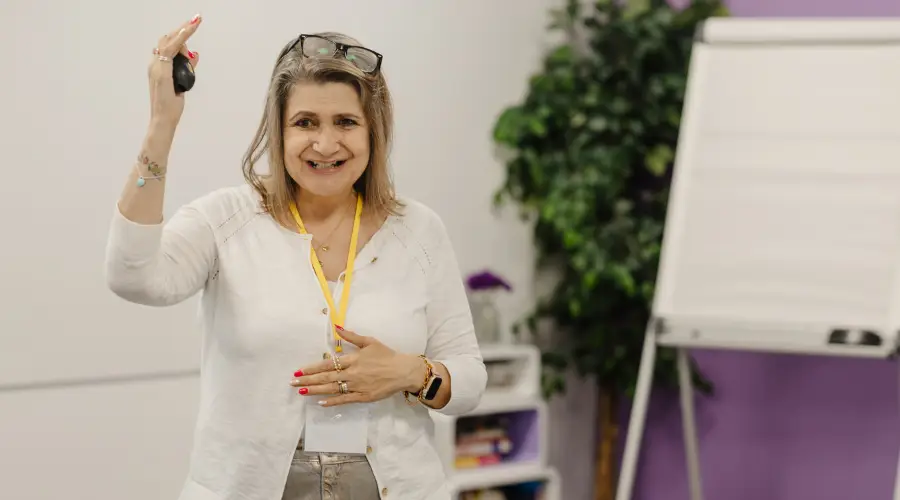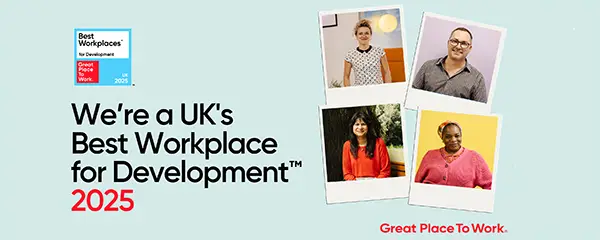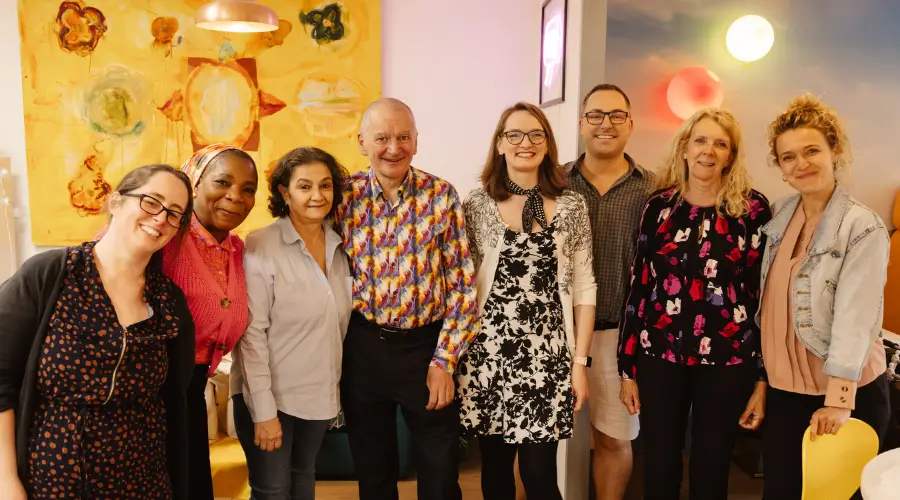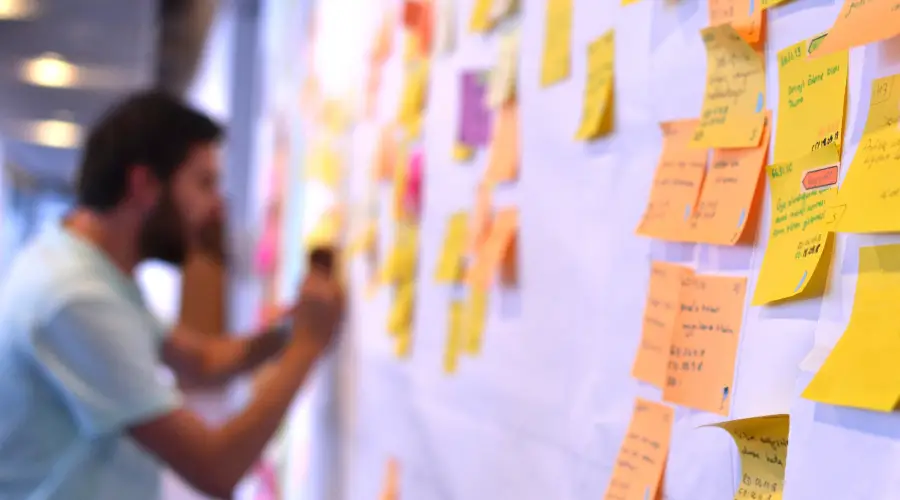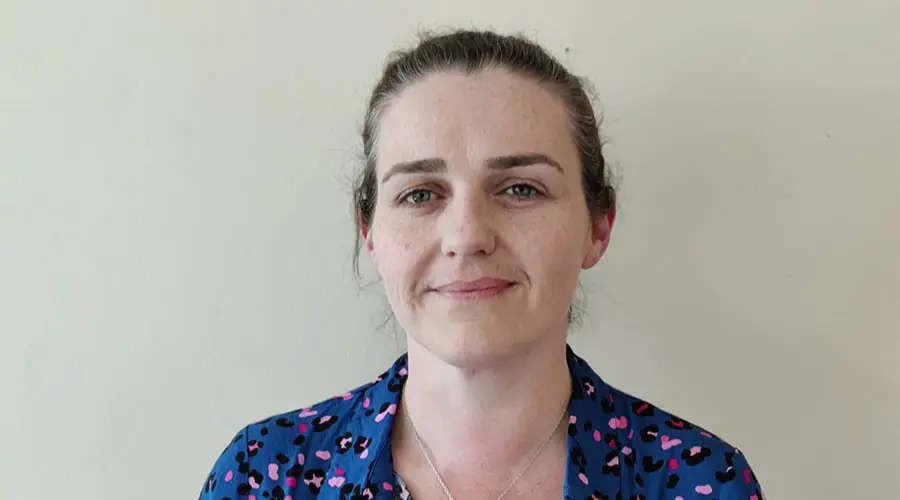“What could your team be like if everyone was working to their strengths and at their best?” asked Happy’s Managing Director, Cathy Busani, at the 2019 Happy Workplaces Conference.
By working to their strengths, staff will feel happy, productive, focused, and energised. Very often (though not always!), tasks that work to their strengths is also the tasks that bring them the most happiness at work.
“As leaders we often want to set the vision, but actually when people are working to their strengths they’re energised to go in the direction you’re going in. You don’t have to drag them with you,” explained Cathy.
Working to their strengths also means that your staff will find smarter ways of working and will continuously look to develop their skills — increasing productivity and efficiency.
So how can you create strengths-based working at your organisation? “One of the very first things that you can do is have that conversation with your team – what do you love to do? What gets you up in the morning? What helps you feel magnificent? So just starting by asking those questions can make a difference.”
Resources and related content
- Five Key Attributes of the Most Effective Leaders — This blog looks at the idea of Liz Wiseman’s book Multipliers: How the Best Leaders Make Everyone Smarter. Multipliers are leaders who can bring out the intelligence and unique abilities of the entire workforce. This comes through inspiring and challenging teams, engaging them in decision-making, and allowing them to use their talents.
- Why a Non-Profit Scrapped Their Appraisals Process — Rather than using an annual appraisal to give staff feedback, embed a coaching culture in your organisation. “You can give effective coaching and feedback regularly, in short discussions, to help people come to their own conclusions on their performance,” explains Sophie Bryan.
- The COOK Model for Great Relationships at Work — In this two- and a half-minute video from 2017 Happy Workplaces CEO Conference, Rosie Brown talks about how COOK has implemented a model for relationships at work, and how this has helped teams to work together better.


